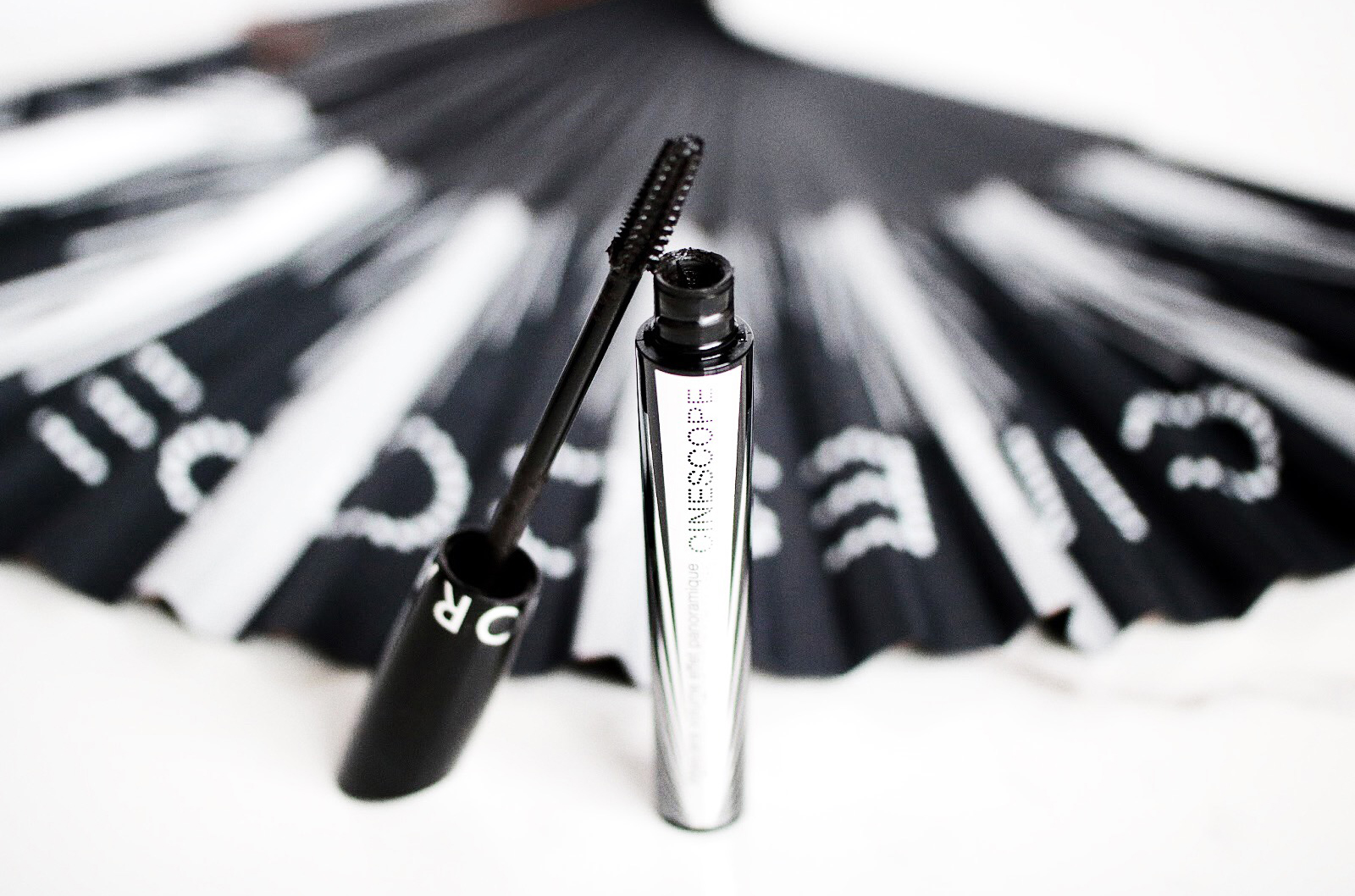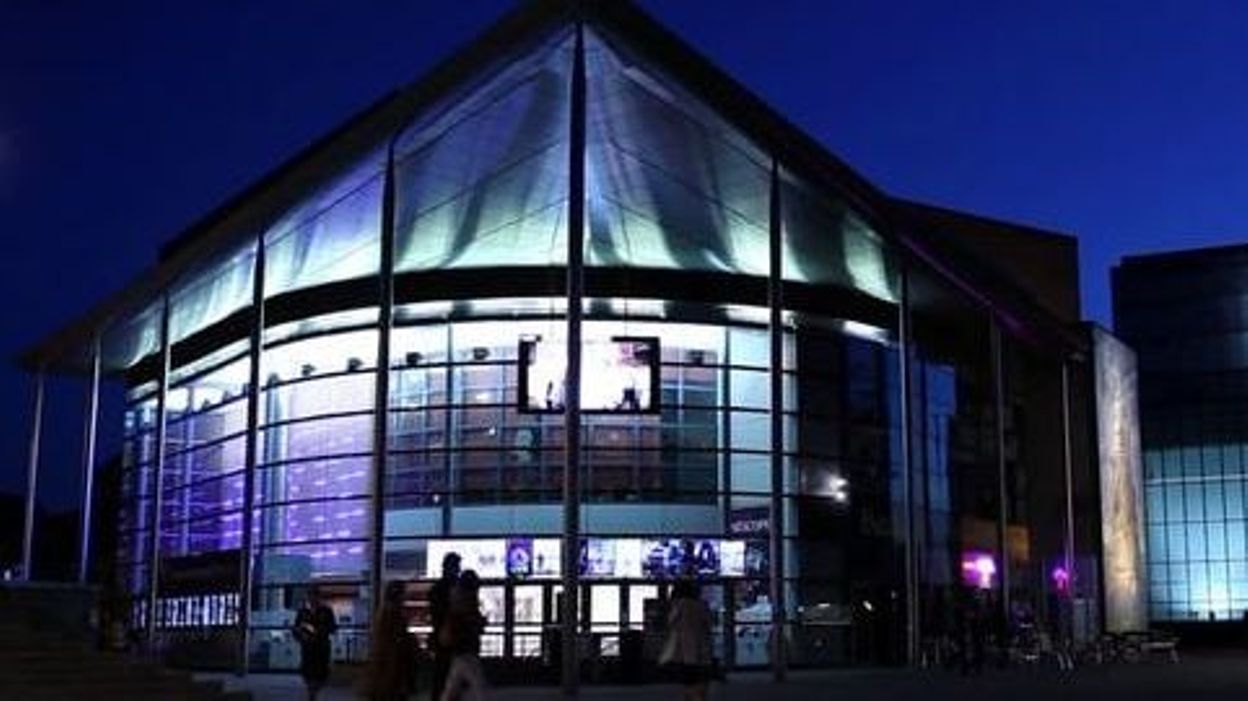

First journeying across America (taking advantage of the railroad companies's desire for publicity to film many 'phantom rides' with all expenses paid), the pair travelled to Japan and China in early 1898, returning via Hawaii in May, by which time White had fallen gravely ill. In mid-1897 White embarked on an extensive filming trip abroad with English cameraman Frederick Blechynden. When the business relationship between Edison and Raff & Gammon began to crumble in late 1896, White returned to Edison and was put in charge of the Kinetograph department, overseeing a busy production schedule with cameraman William Heise. Stuart Blackton's film debut in Edison Drawn by World Artist, and films of Li Hung Chang's arrival in New York, as well as undertaking some projection duties. In effect producer for Edison Vitascope titles made under Raff & Gammon's auspices, White was responsible for such noted titles of 1896 as the May Irwin Kiss, J.

As the Kinetoscope business began to wane White returned to Phonographs, but when Webster was sent by Raff & Gammon to Europe with the Vitascope, White filled his post at Edison and rapidly came to play an important part in the Vitascope enterprise. Jailhouse Rock (actually shot in Superscope)ĭe Luxe Tour - CinemaScope 55 - This was an ambitious Zanuck project that was apparently never completed.In August 1894 James White, previously a Phonograph salesman, was taken on by the Holland brothers to work at their Boston Kinetoscope parlour, later visiting several American cities with the Kinetoscope in the company of Charles Webster.

The Royal Tour of Queen Elizabeth and Prince Phillipġ956 Fox Regalscope (Black & White CinemaScope) Films The Black Whip In France and Spain there were licensed CinemaScope films shot with Franscope (originally known as Cinepanoramic) lenses, and S.T.O.P., Henri Chretien's company. It was not necessary for a film to be shot with Bausch & Lomb lenses to be labeled as a CinemaScope picture. For instance, The Leopard (1963) was photographed in Technirama. See also the listing of CinemaScope clones.Ģ0th Century-Fox (back when they retained the hyphen) often relabled foreign made films that they distributed both domestically and abroad. From 1960 on, all CinemaScope films were identified as such. These were really bona-fide CinemaScope product. During the years 1956 thru 1959 they decided to produce some black & white films, mostly "B" pictures, which they used the Regalscope label to identify. These films will carry a small credit stating, "Process Lenses by Panavision".Ģ0th Century-Fox had a policy that CinemaScope would be used only on "A" pictures made in color. Most, if not all of MGM's black & white CinemaScope films were actually shot in a manner virtually identical to Superscope 235. Most of these films were from M-G-M though a number of Columbia films used the new Panavision lenses for their CinemaScope films. These are films that carried screen and print credits for CinemaScope but were photographed with Panavision lenses. Note that some listings, beginning in 1958, include the term (Panavision). Widescreen Museum - CinemaScope Filmography FILMOGRAPHY


 0 kommentar(er)
0 kommentar(er)
